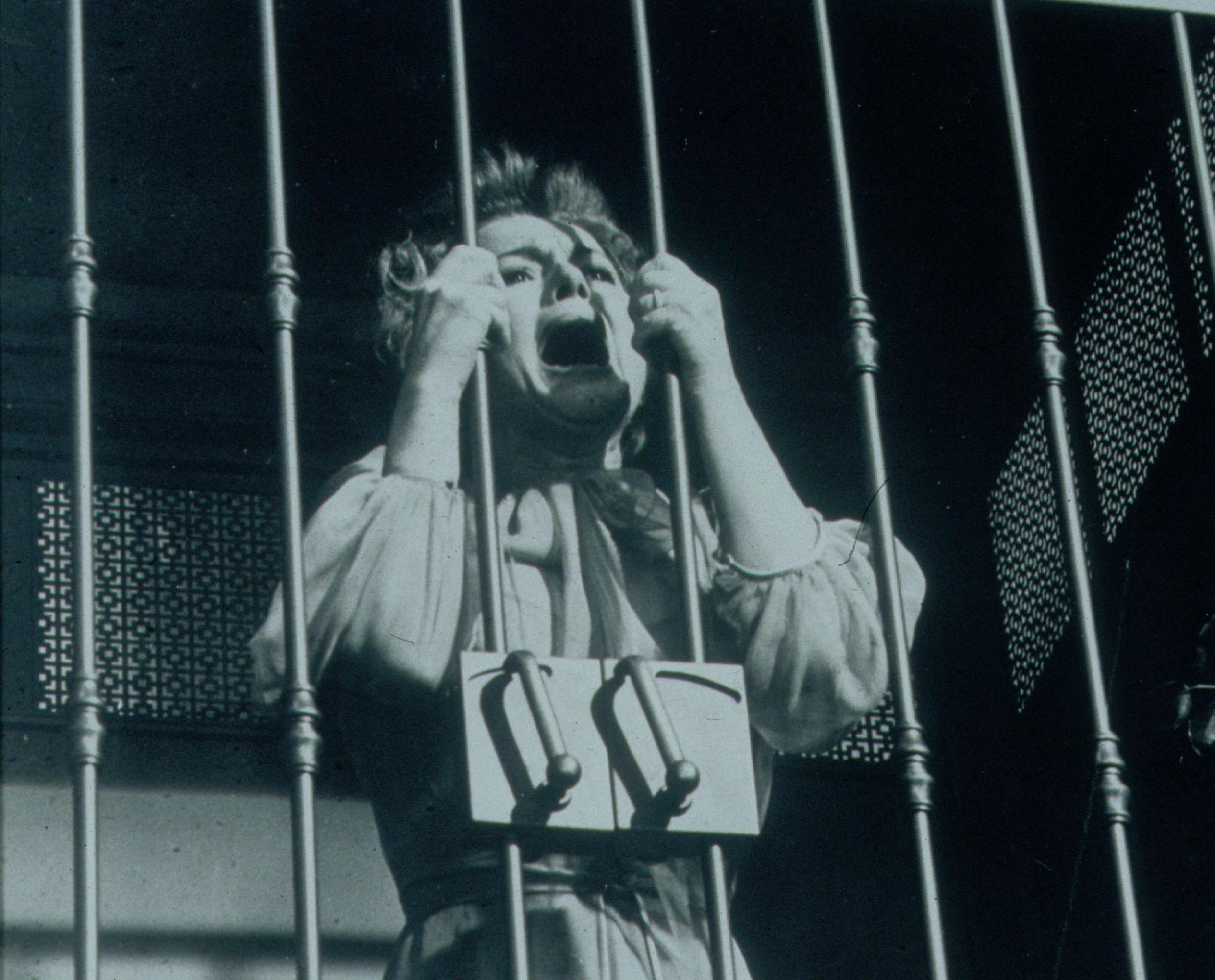Sister act: how sibling rivalry tore apart Hollywood's leading ladies

Legendary Hollywood actress Olivia De Havilland – who turned 100 on 1 July and whose career is celebrated this month at BFI Southbank in London – is as well known for her feud with her sister Joan Fontaine as she is for the many classic movies she made.
This feud wasn’t just a case of professional rivalry. The sisters heartily loathed one another from earliest youth. De Havilland was born first; according to her sibling, she bitterly resented the arrival of another child who was going to steal away their parents’ affections.
“One July day in 1933 when I was 16, Olivia threw me down in a rage, jumped on top of me and fractured my collarbone,” Joan Fontaine blithely confided to People magazine when she was promoting her autobiography, No Bed Of Roses, in 1978.
For her part, De Havilland told the press that the enmity between them was fuelled by Fontaine’s waspish remarks about De Havilland’s husband, novelist Marcus Goodrich. “She said something about Marcus that hurt me deeply.” Then, there was the rivalry for roles and for Oscars.
The media relished the idea that two real life Hollywood legends were seemingly behaving as grotesquely as Bette Davis and Joan Crawford in Robert Aldrich’s Whatever Happened To Baby Jane (1962). This relish was heightened by the fact that De Havilland and Fontaine both played their share of demure ingenues on screen.
Critics wrote of De Havilland’s “healthful seeming and likeable temperament”. She was more Maid Marion than Cruella de Vil. Early in her career, she became accustomed (as David Shipman wrote of her) “to standing on the sidelines looking pretty, mostly to gaze adoringly at Errol Flynn”. Fontaine, meanwhile, excelled as nervous, repressed heroines like the character she played so brilliantly in Alfred Hitchcock’s Rebecca.
The extent of the feud between the sisters has sometimes been overstated. They may not have got on very well at all but they didn’t sabotage each others’ careers. Instead, they went to extreme lengths to ignore one another.
In his biography of Gone With The Wind producer David O Selznick, David Thompson suggests that Fontaine actually helped De Havilland land her role in the film, albeit with ulterior motives. “Melanie must be a plain simple southern girl,” the director stipulated. “What about my sister?” Fontaine (considered too “chic” for the role herself) responded. Fontaine also paid tribute to De Havilland’s gumption in standing up to Jack Warner over the notoriously restrictive contract system under which Hollywood stars worked. (De Havilland successfully took Warner Bros to court in the early 1940s to have the system changed.)
There have been several other pairs of sisters who have worked successfully in Hollywood without having to elbow each other aside in order to do so. Constance Bennett was once Hollywood’s highest-paid actress. She looked demure but was ruthless (“Pollyanna Borgia” was the nickname given her by Mary Pickford) and starred in films with titles like Sin Takes A Holiday and Lady With A Past. Her great rivalry was with Gloria Swanson and she had no trouble with her younger sister, Joan Bennett. It helped that the sisters were from a family of actors (their father Richard Bennett was a celebrated Broadway actor) and that Constance was already well established in Hollywood when Joan began to forge a reputation.

Watch Apple TV+ free for 7 days
New subscribers only. £8.99/mo. after free trial. Plan auto-renews until cancelled

Watch Apple TV+ free for 7 days
New subscribers only. £8.99/mo. after free trial. Plan auto-renews until cancelled
There is plenty of scandal and colour in the lives of both the Bennett sisters – marriages, divorces, husbands shooting suspected lovers – but little sign of any enmity between Constance and Joan themselves. Constance was the bigger star; Joan is better remembered today. It seems a fair trade-off. In the 1940s, Joan became a muse to the great Austrian-German director Fritz Lang and played dark, complex roles in Lang’s noirish thrillers like The Woman In The Window and Scarlet Street, which are still frequently revived.
In the silent era, Lillian and Dorothy Gish were the original screen sisters but they started as colleagues rather than rivals. Their father, James Gish, was an alcoholic who abandoned the family. Their mother, Mary Gish, took jobs acting to pay the rent and also put the daughters on stage. Screen legend has it that they went to visit an old friend now calling herself Mary Pickford (they had known her as child actress, when she was called Gladys Smith). Pickford was working at Biograph Studios for filmmaker DW Griffith, who promptly decided to put them both under contract.
Lillian, in particular, blossomed, becoming one of the best loved movie stars of her era. There were hints, though, of cracks in their relationship. As Lillian’s biographer Charles Affron wrote, Dorothy couldn’t have been unaware that Lillian was “considered the prettier of the two and was preferred by Griffith.” Lillian, described by Griffith as “an exquisitely fragile, ethereal beauty,” got all the plum roles. In public, the sisters protested they were devoted to one another, but there were tensions between them.
Since Lillian and Dorothy Gish, many other sisters have carved out screen careers. Recent examples include the Tilly sisters (Meg and Jennifer), the Arquettes (Rosanna, Patricia, Alexis), the Fannings (Dakota and Elle) and the Maras (Rooney and Kate.) If they’ve bickered with one another, they’ve managed to keep it very quiet. When it comes to feuding sisters, that is why De Havilland and Fontaine are still the names everyone reaches for.
‘Olivia de Havilland: The Woman Who Changed Hollywood’ is at BFI Southbank in London throughout July
Subscribe to Independent Premium to bookmark this article
Want to bookmark your favourite articles and stories to read or reference later? Start your Independent Premium subscription today.

Join our commenting forum
Join thought-provoking conversations, follow other Independent readers and see their replies